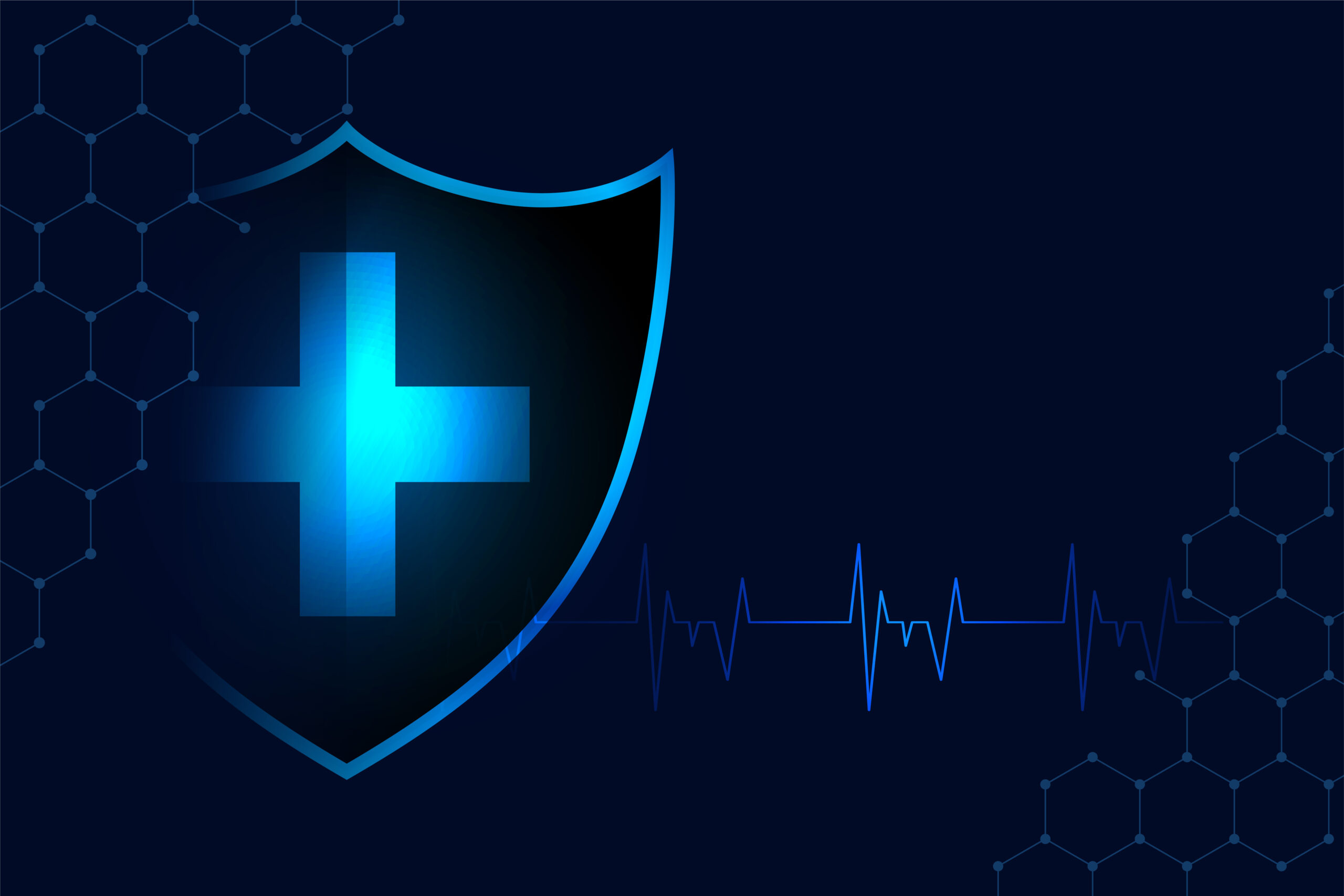Introduction
Antivirus software plays an important role in online safety. But relying on antivirus software alone can create a false sense of security. Cybercriminals operate on a whole other level, constantly evolving their tactics to bypass traditional antivirus measures. In 2024, 95% of data breaches were human error. This highlights that a layered approach to cybersecurity is essential. Pentesting is important to identify vulnerabilities, and having antivirus protection and pentesting should help to enforce stronger cyber hygiene. This guide will examine the limitations of relying solely on antivirus software and how we can create a stronger strategy.
- Limitations of Relying Only on Antivirus Software
Many people trust antivirus software as their only shield against cyberattacks. Unfortunately, it works best only for a certain type of threat, mainly malware that it already knows about. But in today’s fast-paced cybercrime environment, attacks evolve daily, often targeting weaknesses that antivirus software can’t even detect.
Below, we break down the most common limitations:
- Limitation on Detection Rate
According to OPSWAT research, a single antivirus engine only has a detection rate of 45.6%, meaning the engine might not be effective against new, modified, or previously unknown attacks. A multiplatform scanning feature can increase coverage to mitigate risk, and antivirus software only recognizes known threats.
- Reactivity to New Threats
Most antivirus software relies on signature detection, which means it can only detect and block malware that is in its database. New, unknown, and “zero-day” malware exploiting newly found vulnerabilities can evade signature detection.
- Pentesting simulates real-world attacks.
During a penetration test, an expert will simulate the actions of actual attackers to understand if they can reduce the risk of those real-world threats. Penetration testing uses human and abnormal behavior to exploit weaknesses and vulnerabilities that an automated scanner could not find.
- Cannot Stop All Types of Cyberattacks
Antiviruses are useless against many varieties of cyber attacks, including phishing, fake login pages, and bad browser extensions, which often don’t even need a virus file and can be overcome by social engineering.
- Antivirus doesn’t protect against human error
Human errors, unsafe clicking and downloading, and poor password habits can create weaknesses in antivirus systems because they may allow hackers to obtain sensitive information without triggering any alerts.
- Limited to Device-Level Protection
Antivirus protection is limited to device-level protection, as cloud and account attacks can be done without touching the device, and mobile and IoT vulnerabilities can compromise the security of personal information.
- Building a Stronger Cybersecurity Strategy
Since antivirus software alone can’t stop every cyber threat, the safest approach is a layered defense strategy. This means combining multiple tools, safe habits, and preventative measures. The more layers you have, the harder it is for attackers to succeed.
Let’s build a stronger cybersecurity strategy together:
- Keep Your Systems and Apps Up-to-Date
You must keep your systems and applications up-to-date, which includes updates for items built into your operating system. Security patches help close vulnerabilities, and if you turn on automatic updates, you won’t miss any important updates or fixes.
- Use Multi-Layered Security Tools
Using multi-layered security tools will increase your protection. Firewalls can help block traffic you don’t trust. Anti-spyware and anti-ransomware can help determine if items got through your firewall and antivirus.
- Practice Safe Browsing and Email Practices
Safe browsing and email practices can mitigate risks. Always review links and senders before you click on anything. Do not conduct any sensitive activities using public Wi-Fi so that you do not compromise your data.
| Be Aware! Public Wi-Fi networks can be hacked in under 10 minutes. |
- Enable Two-Factor Authentication (2FA)
Two-factor authentication adds a layer of protection beyond just your passwords. If your password is compromised, 2FA even makes that step more difficult by being only one layer of many.
- Conclusion
Antivirus software is just one part of the protection mix! It’s not the ultimate protection!! While you need to consider antivirus software as an important first line of defense, it is not where your protection begins and ends. The cyber threats we face today are more advanced than ever before, attempting to engage with users through multiple entry points, and many of these formats are not able to be detected by antivirus products. You can reduce your risk significantly and help keep your data safe by combining antivirus with other safeguards, using safe online behaviors, updating regularly, and adopting strong and secure authentication practices.
FAQs
Will a firewall replace antivirus?
No, they protect against different types of threats.
Is a free antivirus enough for protection?
It offers basic security but lacks advanced features.
Can I get hacked without downloading anything?
Yes, through phishing, account breaches, or software exploits.




